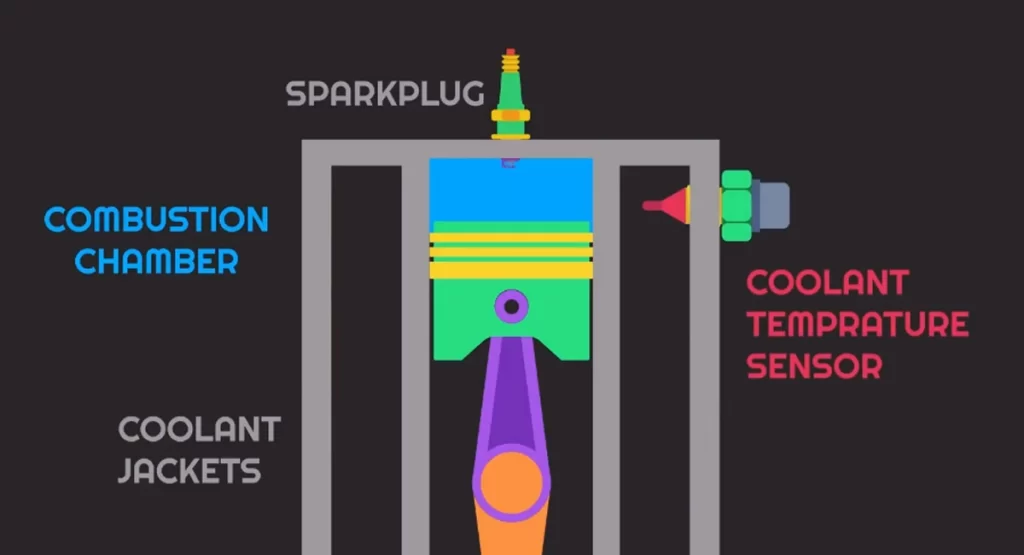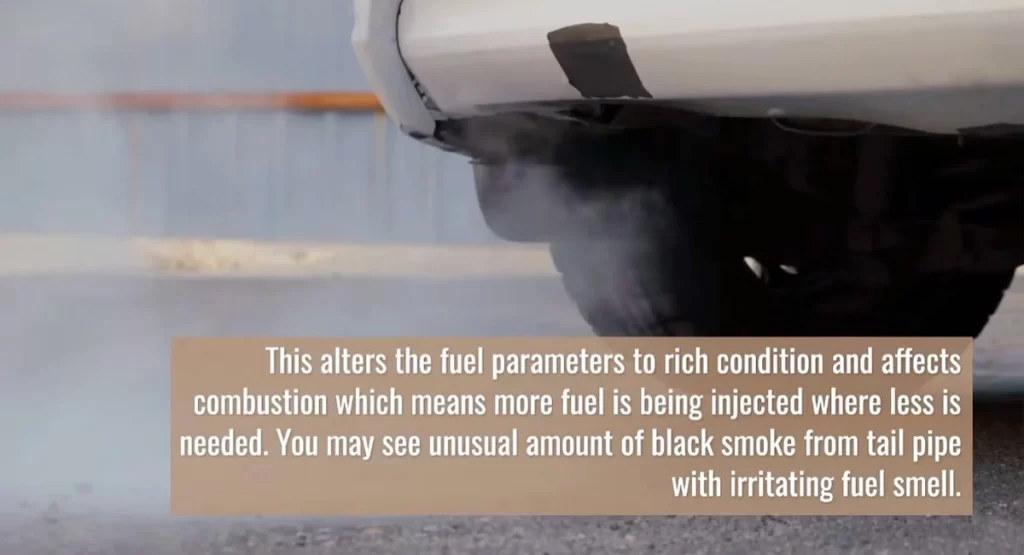When you are asking how to bypass coolant temperature sensor, the first thing that comes to my mind is, why do you want to bypass it when you can easily replace it with a new one at a low cost?
They’re usually not too expensive. Access is usually fairly simple. Driving performance will suffer if it is bypassed. Because the ECU believes the engine is cold, an ECU vehicle may overheat. Fuel economy suffers, while emissions rise.
It may run lean because the ECU believes the engine is overheating. It may shut down in an attempt to “save” the engine. If the engine is actually cold but the ECU believes it is hot, the car will stutter because there is insufficient fuel.
So now you know is it really necessary to bypass a coolant temperature sensor, and in this article, we’re going to discuss how you can bypass the coolant temperature sensor on your own. So, stick around until the end to find out what you’ve been looking for.

What is a coolant bypass sensor, and what does it do?
The coolant temperature switch is another name for the engine coolant temperature sensor. It is an engine management system sensor that measures the temperature of the engine’s coolant. If the ECT sensor has any flaws, it will cause engine performance issues.
The ECU sends a regulated voltage to the CTS to obtain an accurate reading of the current engine temperature. The sensor’s resistance varies with temperature, which allows the ECU to monitor temperature changes.
The ECU uses this reading to calculate coolant temperature and then adjusts fuel injection, fuel mix, and ignition timing, as well as controlling when the electric cooling fan is turned on and off.
This data is also used to send an accurate engine temperature reading to a gauge on the dashboard.
What are the symptoms of a bad coolant temperature sensor?
Overheating of the engine.
Any problem with the cooling system in your car will cause the engine to overheat. because the cooling system’s primary function is to keep the engine temperature under control.
The engine will overheat if a critical component, such as the coolant temperature sensor, fails.
The engine coolant temperature sensor sends coolant temperature data to the ECU. Incorrect communication can cause engine overheating.
Check engine light.
The check engine light will most likely appear on your dashboard as one of the first signs of all coolant temperature sensor symptoms.
If the computer detects a problem with the sensor’s circuit, the check engine light will illuminate, indicating that the vehicle requires an inspection.
If you see a check engine light on your dashboard, it is time to use an OBD2 scanner to check the trouble codes.
A blinking check engine light Ford can be due to many reasons. But no matter what the reason is, you must take action when the check engine light is blinking in your vehicle – itismycar.com
Fuel economy is poor.
The coolant temperature sensor’s responsibility of precisely reporting your car’s coolant temperature includes ensuring the proper fuel mixture is employed. The colder the engine temperature, the greater the fuel ratio utilized.
Therefore, if your ECT reports a cool temperature while your engine is actually warm or hot, more fuel will be consumed than necessary. When a coolant temperature sensor fails, it frequently reports a lower temperature than what is accurate.
Dark smoke from the exhaust.
The ECU may enrich the fuel mixture to the point where the combustion process becomes difficult due to an incorrect engine temperature signal. Excess fuel will burn in the exhaust pipe, producing thick black smoke.
Unusual Temperature Readings
It could be the engine coolant temperature sensor if you observe more variation in your engine temperature or if it appears higher or lower than usual while driving.
If your engine does not appear to be warming up as it should, you should have a professional inspect your cooling system.
While it may be cooler outside, it is also possible that the temperature being reported is erroneous and lower than it is.
Engine performance is poor.
A faulty engine coolant temperature sensor might also contribute to your vehicle’s poor performance.
A defective engine coolant temperature sensor can send a signal indicating low coolant temperature. It may also convey the incorrect signal of excessive coolant temperature when this is not the case.
When the ECU receives a signal from the coolant temp sensor indicating that the coolant temperature is too high, it assumes that the engine is overheating.

How do you know if your coolant temperature sensor is bad?
If your car begins to consume a lot more fuel than usual, or if black smoke begins to emerge from the exhaust pipe, this is an indication that the coolant temperature sensor in your vehicle is faulty and needs to be replaced.
Another clue that your coolant temperature sensor isn’t working properly is if your engine frequently overheats. This can occur when coolant leaks, causing the temperature sensor to act strangely.
In many vehicles, a defective coolant temperature system can illuminate the check engine or service engine light on the dashboard.
A brief trip to a skilled mechanic with a diagnostic computer will determine whether or not the check engine light is related to a coolant temperature sensor.
How to bypass the coolant temperature sensor?
Bypassing the sensor is something which into really hard, so in this case you have to follow the following steps and I highly recommend you watch this YouTube video before starting the process.
- You’ll need to learn how the system works on the specific vehicle.
- After that, you can determine whether or not the problem is with the sensor itself and how it operates.
- After that, you’ll be able to bypass the sensor.
- A two wire would typically be disconnected at the sensor or jumped across the two terminals, but it is critical to first understand how it works and what you will be doing.
Where is the temp control sensor located?
The primary ECT sensor (ECT sensor 1) is usually positioned near the thermostat in the cylinder head or block or on the thermostat housing. A second coolant temperature sensor could be put elsewhere in the engine or in the radiator.
How do I turn off my coolant temperature sensor?
- Disconnect the battery after the engine and coolant have completely cooled.
- Remove any plastic engine covers you may have.
- Find the coolant temperature sensor.
- If necessary, partially drain the cooling system or perform a coolant flush.
- Push the tab and pull the connector to disconnect the electrical connector from the sensor.
Some related FAQs about how to bypass coolant temperature sensor.
Does the coolant temp sensor control the fan?
When the control system receives the temperature from the CTS, it may cause the cooling fan to turn on or off. It may also indicate the need for a higher fuel mixture or enable exhaust gas recirculation.
Can a temp sensor affect engine starting?
The sensor will not trigger a no-start condition. It may simply result in a difficult start and a rich or lean condition.
We hope that our explanation provided you with the answer to your question, “How to Bypass Coolant Temperature Sensor” If you have any additional questions, please leave a comment below, and we will be happy to assist you further. Check out this link for an answer for Front AC Blows Cold and Rear AC Blows Hot. Thank you very much.
